- What Are Common Causes of .RCUT Files Lost or Failure?
- How to recover lost .RCUT files?
- Programs to recover .RCUT files
- How to open file with .RCUT extension?
What Are Common Causes of ".RCUT" Files Lost or Failure?
There are several common causes for ".RCUT" file loss or failure:
- Accidental deletion: Users may mistakenly delete ".RCUT" files while organizing or cleaning up their computer system.
- Software or hardware issues: Issues with the software or hardware components of a computer system can lead to ".RCUT" file loss. This can include system crashes, software conflicts, or hardware failures.
- Virus or malware infection: Malicious software can infect and corrupt ".RCUT" files, leading to their loss or failure.
- File system corruption: Corruption in the file system can occur due to power outages, improper system shutdowns, or disk errors. This corruption can result in the loss or failure of ".RCUT" files.
- Formatting or reinstallation: Formatting a storage device or reinstalling the operating system can result in the deletion or loss of all files, including ".RCUT" files, if not properly backed up.
- Human error: Users may accidentally overwrite or modify ".RCUT" files, leading to their loss or failure.
- File system errors: Errors in the file system can occur due to software bugs, improper system configurations, or disk errors. These errors can cause ".RCUT" files to become inaccessible or corrupted.
It is essential to regularly back up important files, including ".RCUT" files, to prevent loss or failure in case any of these situations occur.
How to recover lost ".RCUT" files?
Sometimes while working with a computer, laptop or other stationary or mobile devices, you may encounter various bugs, freezes, hardware or software failures, even in spite of regular updates and junk cleaning. As a result, an important ".RCUT" file may be deleted.

🧺 How to Recover Files and Folders After Sending Them to the Recycle Bin and Deleting? (Windows 11)
By no means should you think that the only way to recover a ".RCUT" file is always to create it once more.
Use programs for recovering ".RCUT" files if a file was lost after accidental or deliberate deleting, formatting the memory card or the internal storage, cleaning the storage device, after a virus attack or a system failure.
Programs to recover ".RCUT" files
Looking for a way to get files back? In cases when files were deleted and they cannot be restored by using standard operating system tools, use Hetman Partition Recovery.
Follow the directions below:
-
Download Hetman Partition Recovery, install and start the program.
-
The program will automatically scan the computer and display all hard disks and removable drives connected to it, as well as physical and local disks.

-
Double-click on the disk from which you need to recover ".RCUT" files, and select analysis type.
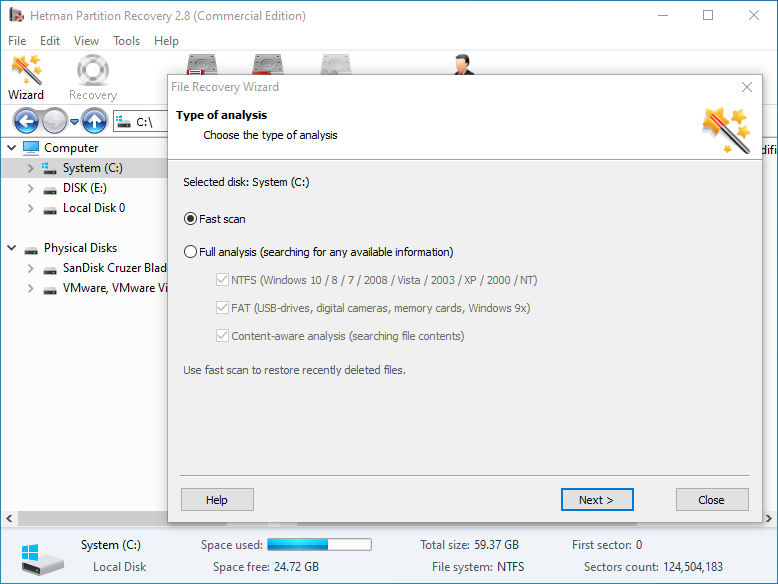
-
When the scanning is over, you will be shown the files for recovery.
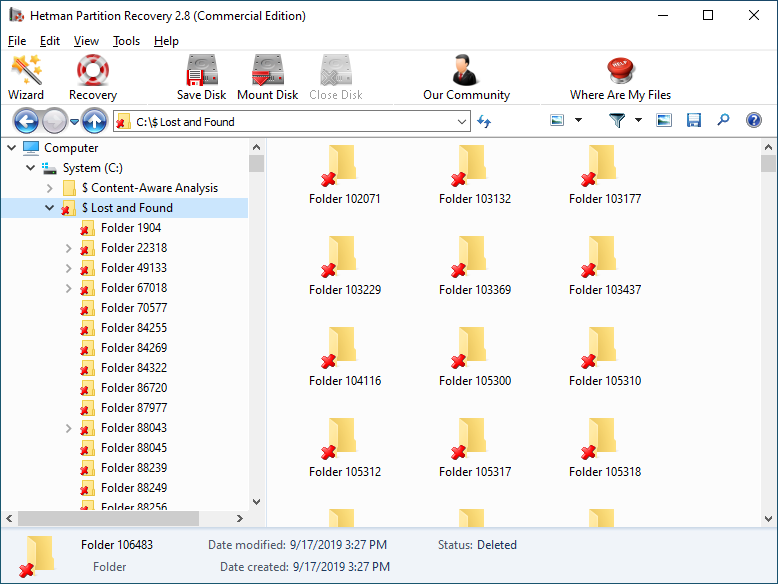
-
To find a file you need, use the program’s interface to open the folder it was deleted from, or go to the folder "Content-Aware Analysis" and select the required file type.
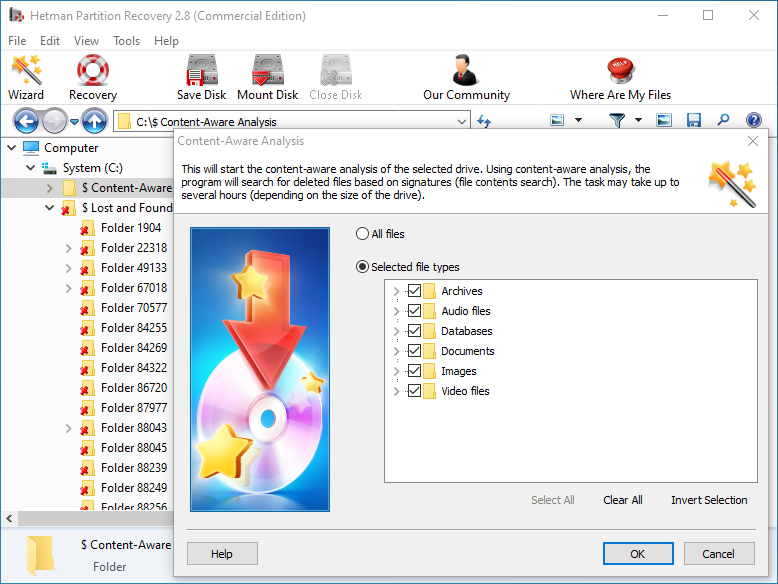
-
Select the files you have been looking for and click "Recovery".
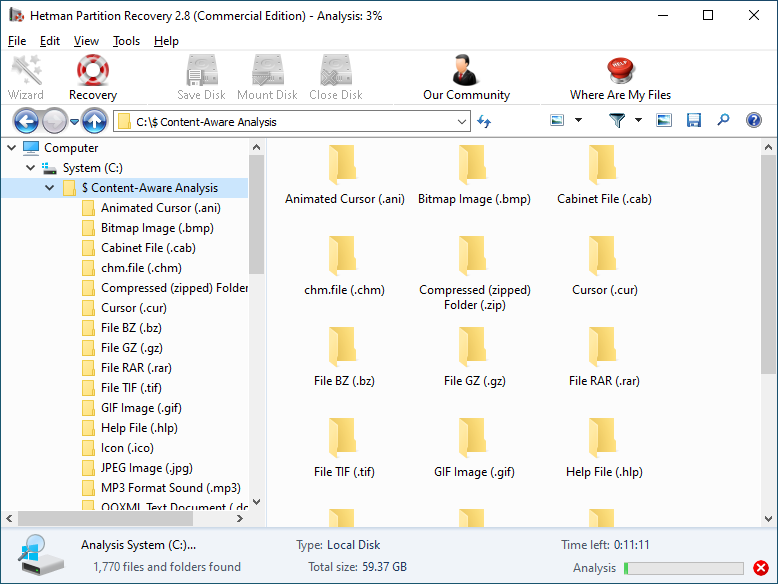
-
Choose one of the methods for saving the files and recover them.
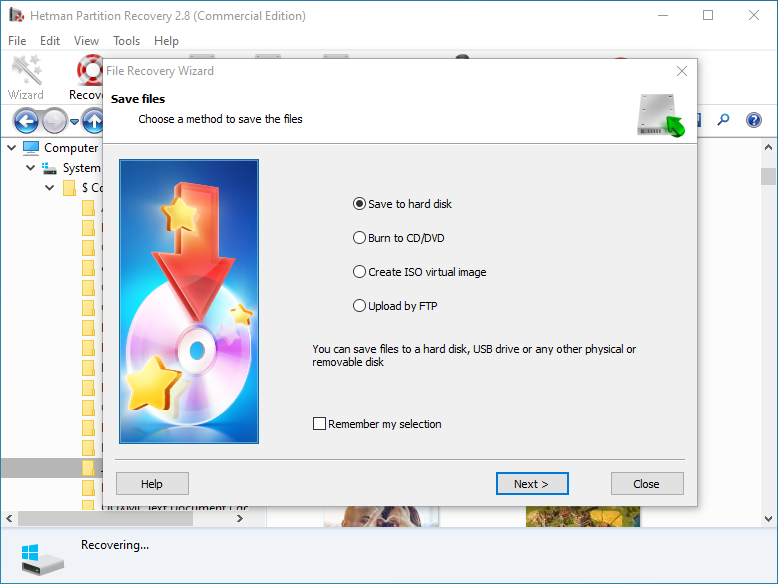
How to open file with ".RCUT" extension?
Looking for how to open a stereo webinaria Recording Cut image file file?
Programs that open ".RCUT" files
| Windows |
|---|
|
|
Additional Information
-
File type: Webinaria Recording Cut
-
File extension: .RCUT
-
Developer: Webinaria
-
Category: Video Files
-
Format: N/A



